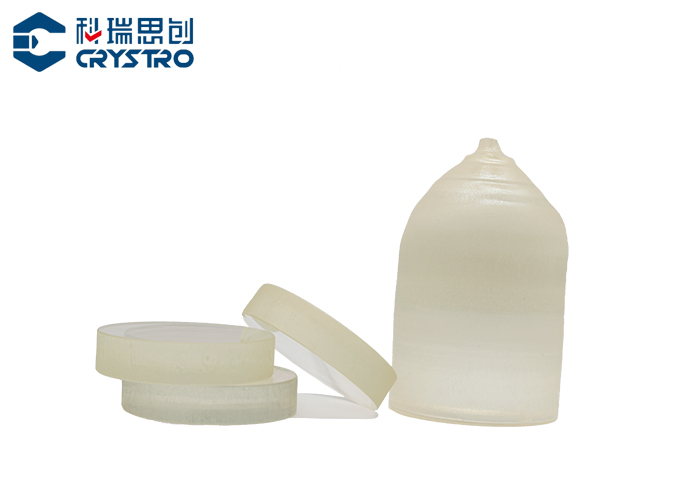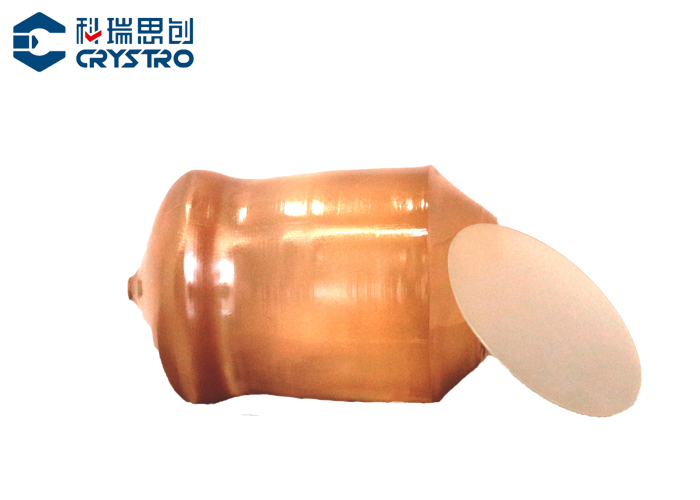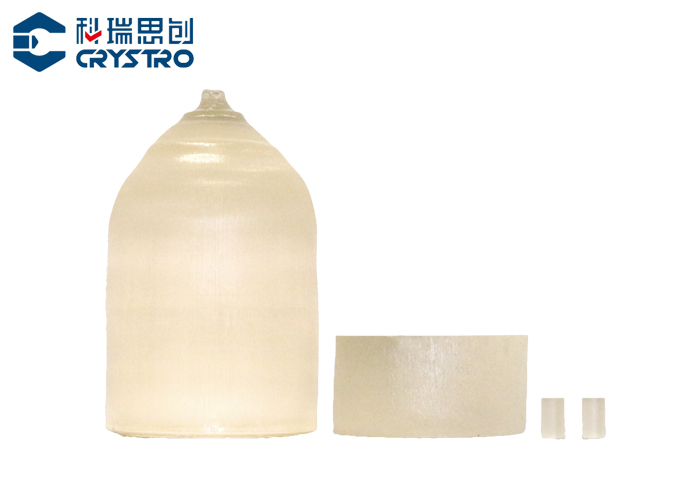Single crystal substrates play a pivotal role in various fields, including semiconductor manufacturing, optoelectronics, and material science. These substrates are composed of a continuous and unbroken lattice structure, making them ideal for applications that require high purity, exceptional structural integrity, and precise electronic properties. This article explores some of the prominent types of single crystal substrates available today, specifically focusing on SGGG, LaAlO3, and GGG.
Understanding Single Crystal Substrates
Single crystal substrates are characterized by their uniform arrangement of atoms throughout the material. This unique property leads to enhanced electrical, thermal, and optical characteristics compared to polycrystalline or amorphous materials. The growth techniques used to produce these substrates include methods such as Czochralski, Bridgman, and molecular beam epitaxy, ensuring minimal defects and impurities.
Key Types of Single Crystal Substrates
Strontium Gallate (SGGG)
Composition: SGGG is a strontium gallium oxide, typically represented as SrGa2O4.
Properties: It exhibits excellent optical transparency and is known for its low thermal expansion coefficient. SGGG substrates are also compatible with various deposition techniques due to their stable lattice structure.
Applications: Widely used in the fabrication of photonic devices, SGGG serves as an excellent substrate for thin films in laser applications and displays. Its unique properties make it suitable for sensors and detectors in the ultraviolet range.
Lanthanum Aluminate (LaAlO3)
Composition: LaAlO3 is a perovskite oxide with the formula LaAlO3.
Properties: This substrate is noted for its high dielectric constant and good insulating properties. LaAlO3 has a relatively high melting point and maintains stability under various temperature conditions, offering a robust platform for growing other materials.
Applications: LaAlO3 is primarily used in the production of complex oxides and high-temperature superconductors. It serves as a substrate for epitaxial growth of perovskite films, which are critical for applications in electronics and energy storage.
Gallium Garnet (GGG)
Composition: GGG refers to gadolinium gallium garnet, represented as Gd3Ga5O12.
Properties: GGG substrates exhibit strong optical properties, low birefringence, and high thermal stability. They also possess a cubic crystalline structure, enabling easy integration with various semiconductor materials.
Applications: GGG substrates are widely used in magnetic and optical applications, such as lasers, waveguides, and optical isolators. Their compatibility with other materials makes them indispensable in the development of integrated photonic devices.
Quartz (SiO₂) Substrates
Overview: Quartz substrates are made from silicon dioxide and are known for their optical clarity and thermal stability. They are used in applications requiring high optical transmission and resistance to thermal stress.
Characteristics:
Crystal Structure: Hexagonal lattice.
Purity: High purity ensures minimal contamination in optical and electronic applications.
Orientation: Single crystal quartz typically used in the (0001) orientation.
Applications:
Optical Devices: Used in optical lenses, prisms, and windows due to its excellent transmission properties.
Surface Acoustic Wave (SAW) Devices: Employed in RF filters and sensors.
Piezoelectric Devices: Used in oscillators and frequency control devices.
Lithium Niobate (LiNbO₃) Substrates
Overview: Lithium niobate substrates are known for their nonlinear optical properties, making them valuable in optical and electronic applications.
Characteristics:
Crystal Structure: Trigonal lattice.
Purity: High purity is critical for minimizing loss in optical applications.
Orientation: Common orientations include (0001) and (1010), each providing specific optical and electronic properties.
Applications:
Optical Modulators: Used in electro-optic modulators and switches.
Nonlinear Optical Devices: Essential for frequency doubling and other nonlinear optical processes.
Surface Acoustic Wave (SAW) Devices: Employed in sensors and filters.
Conclusion
The selection of a suitable single crystal substrate is crucial for the success of many advanced technological applications. SGGG, LaAlO3, and GGG represent just a few examples of the diverse range of single crystal substrates available. Each type brings unique properties and benefits that cater to specific requirements in fields like electronics, optoelectronics, and materials science. Understanding these substrates' characteristics enables researchers and engineers to optimize their processes and achieve better performance in their applications. As technology continues to evolve, the demand for high-quality single crystal substrates will undoubtedly grow, paving the way for new innovations and advancements in various industries.




